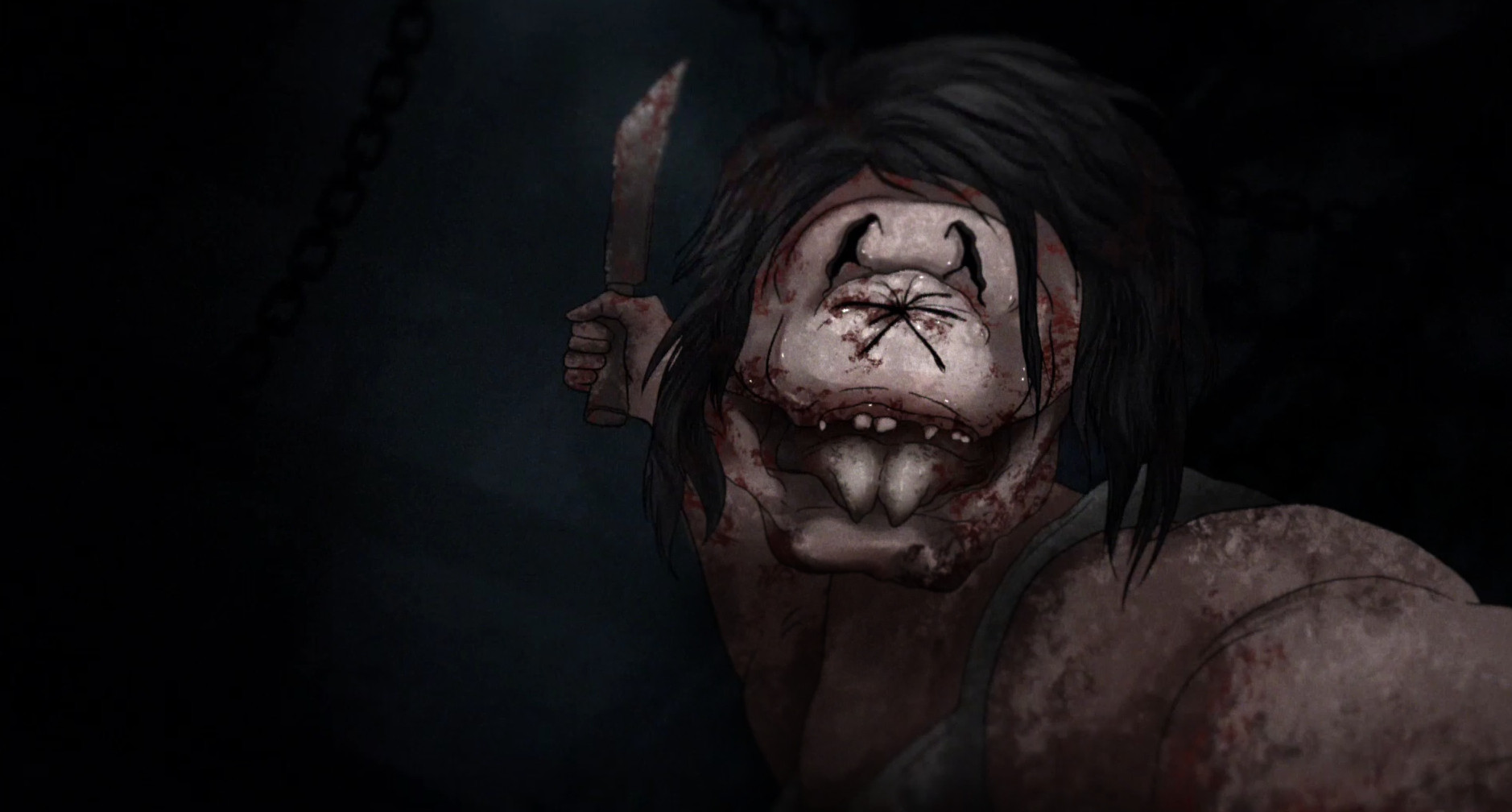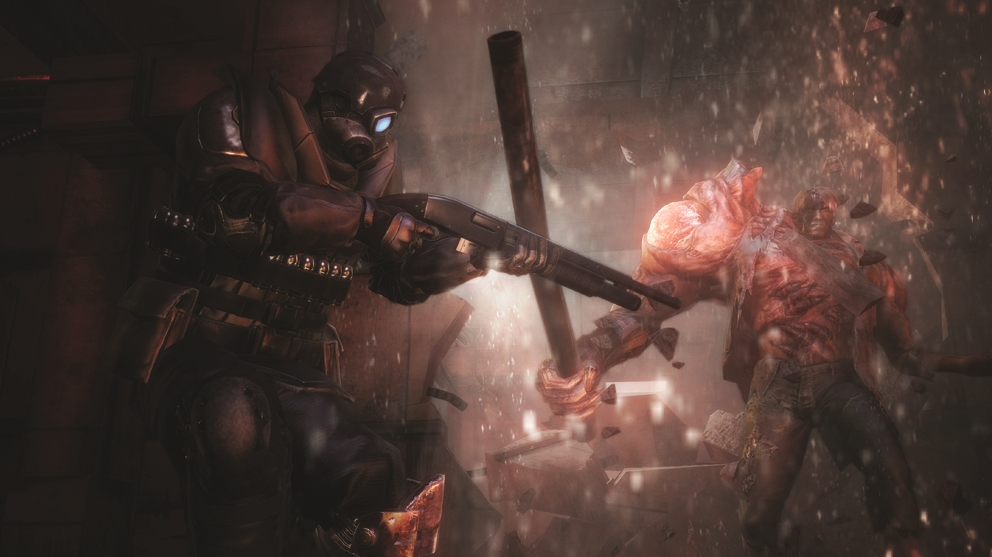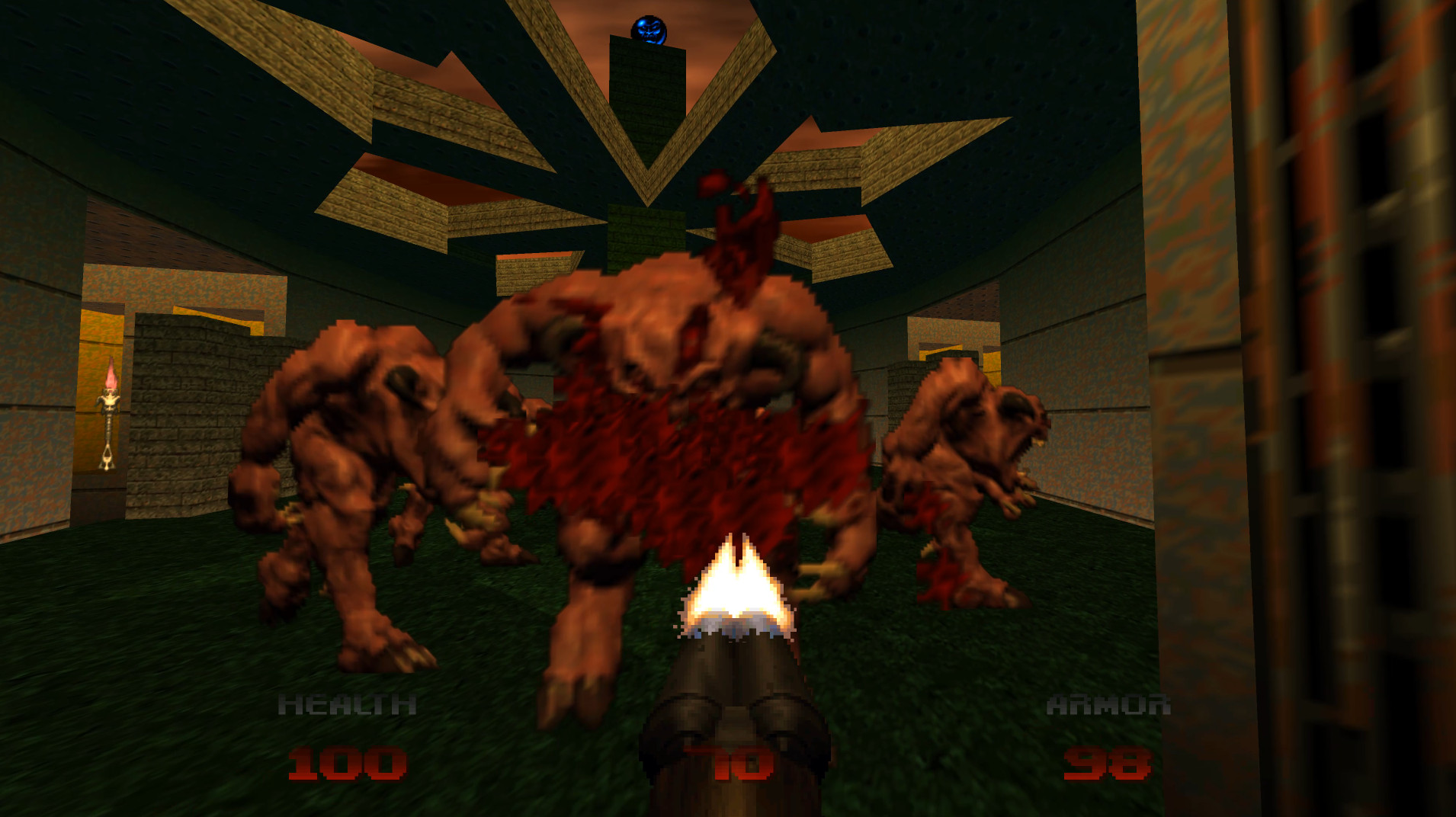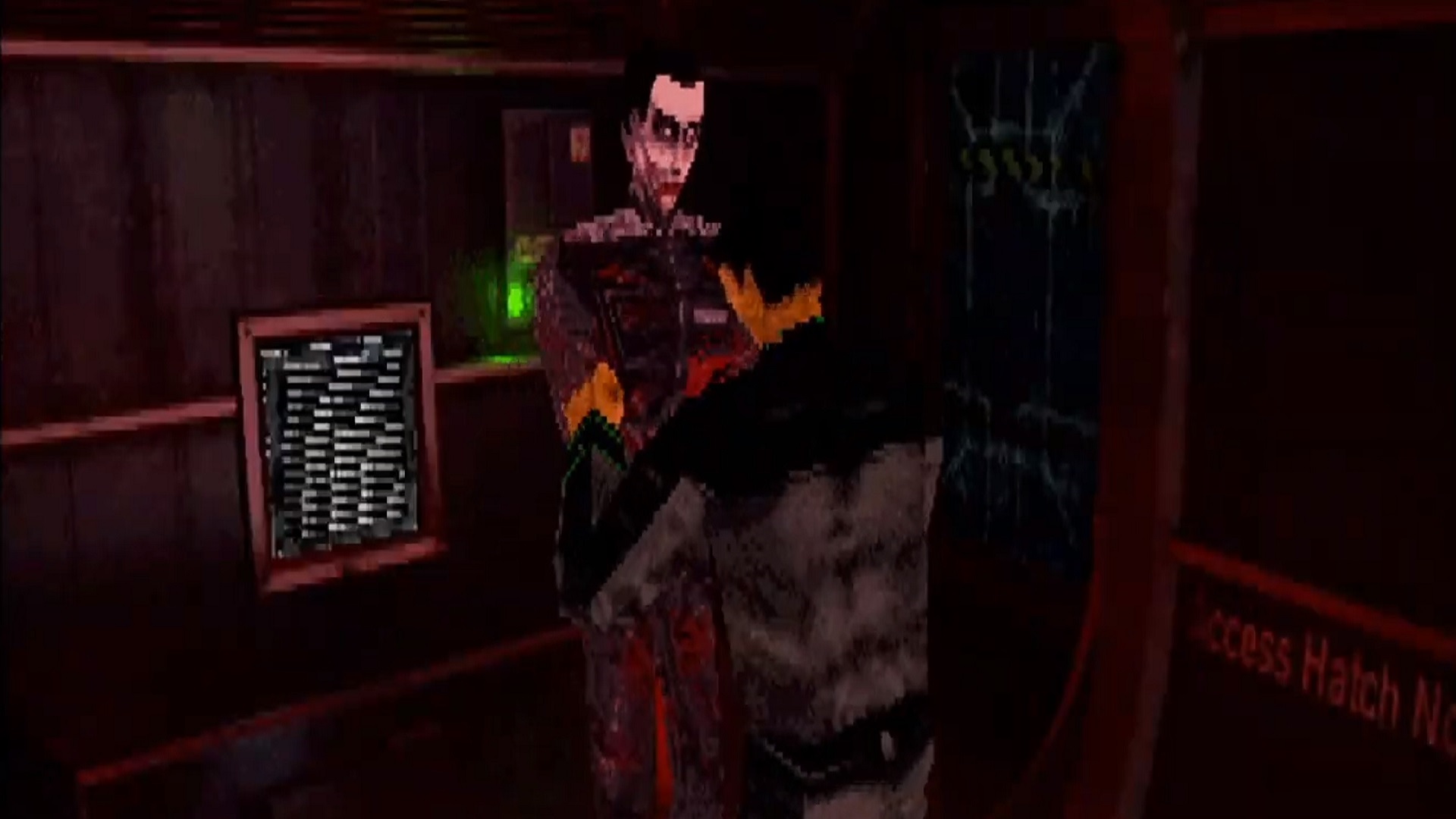
Fragile Review – Handle With Care
Developed and published by Beer Night Studio
Available on PC
MSRP: $9.99
Fragile is an odd duck to review. For one thing, it’s no hot new release – the game came out back in 2020 – and there’s no special anniversary that provides a fig leaf of timely relevancy. Yet Fragile remains a game worth talking about. It’s one of those rare horror experiences that holds a lens up to the genre in which it operates – although not always for the reasons it may have intended.

Fragile comes to us courtesy of Beer Night Studio, a Mongolia-based developer whose only other claim to fame is the upcoming asymmetric multiplayer title Carnival Hunt. In Fragile, players take control of a small girl attempting to escape her criminal abductors, an ordeal that only becomes more nightmarish as the game progresses.

Primarily a 2D adventure, Fragile uses a hand-drawn aesthetic that balances the macabre with the childlike perspective of its protagonist. Overall, it evokes the big-headed-child-in-a-scary-world vibe of games like Limbo or the Little Nightmares series. This extends to the gameplay, which mixes up the environmental puzzle-solving and chase sequences from these games with findable text documents and a few (sadly rather tedious) minigames.

Fragile’s most unique aspect is its subject matter. It takes an unflinching look at real-world horrors, including organized crime, human trafficking, child abuse, and organ harvesting. It’s unremittingly bleak stuff, and Fragile is at pains to stress the nastiness inherent in its premise. When you die – and you will die, a lot – the game doesn’t pussyfoot around with onscreen infant immortality tropes. Your helpless protagonist will get stabbed, bludgeoned, or mauled by the various hostiles she encounters, all in point-of-view animations designed to tell the player that this is happening to a real person, like you, not merely an on-screen avatar. It’s shocking and brutal, and it’s meant to be.

This is what sets Fragile apart from the majority of horror games. When all is said and done, most horror titles are just forms of escapism. Ghosts, zombies, aliens; standard horror tropes lie firmly in the realm of fiction. When we see them, we can’t help but feel comforted on some level. But by forcing us to face the darker side of the world we actually live in, does Fragile thereby become a more worthy example of true horror? Or does it risk merely veering into the tastelessly pornographic, by taking genuine human suffering and turning it into a piece of commercial entertainment?

It’s not clear whether Fragile has an answer to these questions, although it certainly invites them. Sadly, what it does do is provide an unfortunate reminder that the medium of a story’s delivery matters just as much as its content. Because it’s as an actual game that Fragile falls flat. Technical performance was adequate, at least in my playthrough, although loading screens were often unforgivably long for a 2D game. Where it stumbled was the gameplay.

One specific moment offers a good illustration. From the outset of the game, we see the events as if looking through a glass screen. At a fairly pivotal plot point, the screen shatters as the girl witnesses a particularly horrific event. An already hostile environment becomes truly hellish, with the monstrous adults chasing her transforming into literal demons, at least in her eyes. It’s a clever sequence, conveying through one wordless mechanic the terror of the situation itself, the effects the proceedings are having on the young child’s already damaged psyche, and the start of an even darker phase of the game.

Then it all runs slap-bang into a brick wall. This moment heralds the first of many infuriating quick-time event chases, and whatever initial power it had is quickly lost after thirty-plus attempts of frustrating trial and error. From then on, the latter half of the game is beset by these teeth-grinding QTE chases, as well as equally irritating stealth sections that require pixel-perfect movement and timing. In the end, I capitulated after getting stuck for an hour, and had to resort to watching the ending on YouTube. To top it all off, it turned out that I hadn’t missed much, as which of the two disappointingly abrupt endings you can get is determined by a button prompt literally seconds before the game’s conclusion.

Fragile’s taboo-breaking violence and real-life focus makes it a good case study in the debate about the nature of the horror genre and its role in society. But its poorly designed and often tedious gameplay means it’s hard to recommend in any conventional sense. Rather, Fragile works best as a lens through which to examine horror’s relation to its subject matter, and as an object lesson on the pitfalls of failing to recognize that the ‘interactive’ part of interactive storytelling is just as important as a game’s narrative.
You can check out more horror game editorials, reviews, and interviews on DreadXP.




